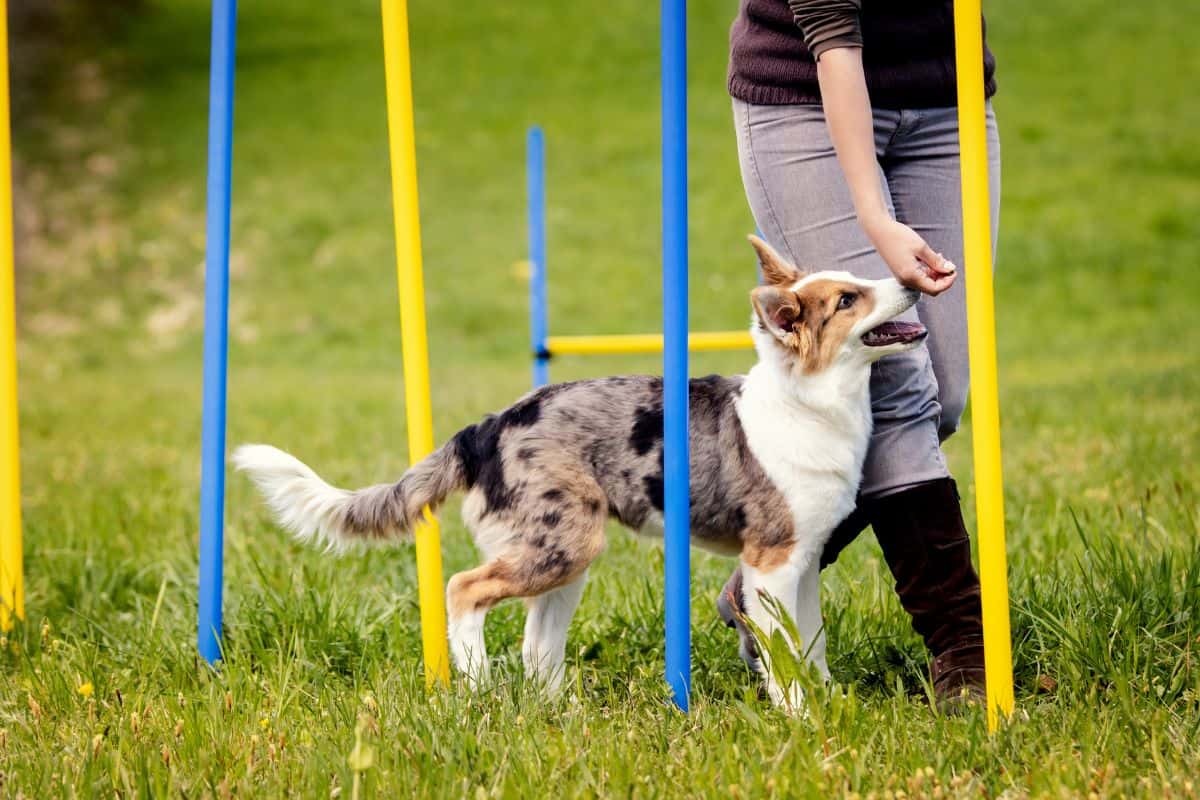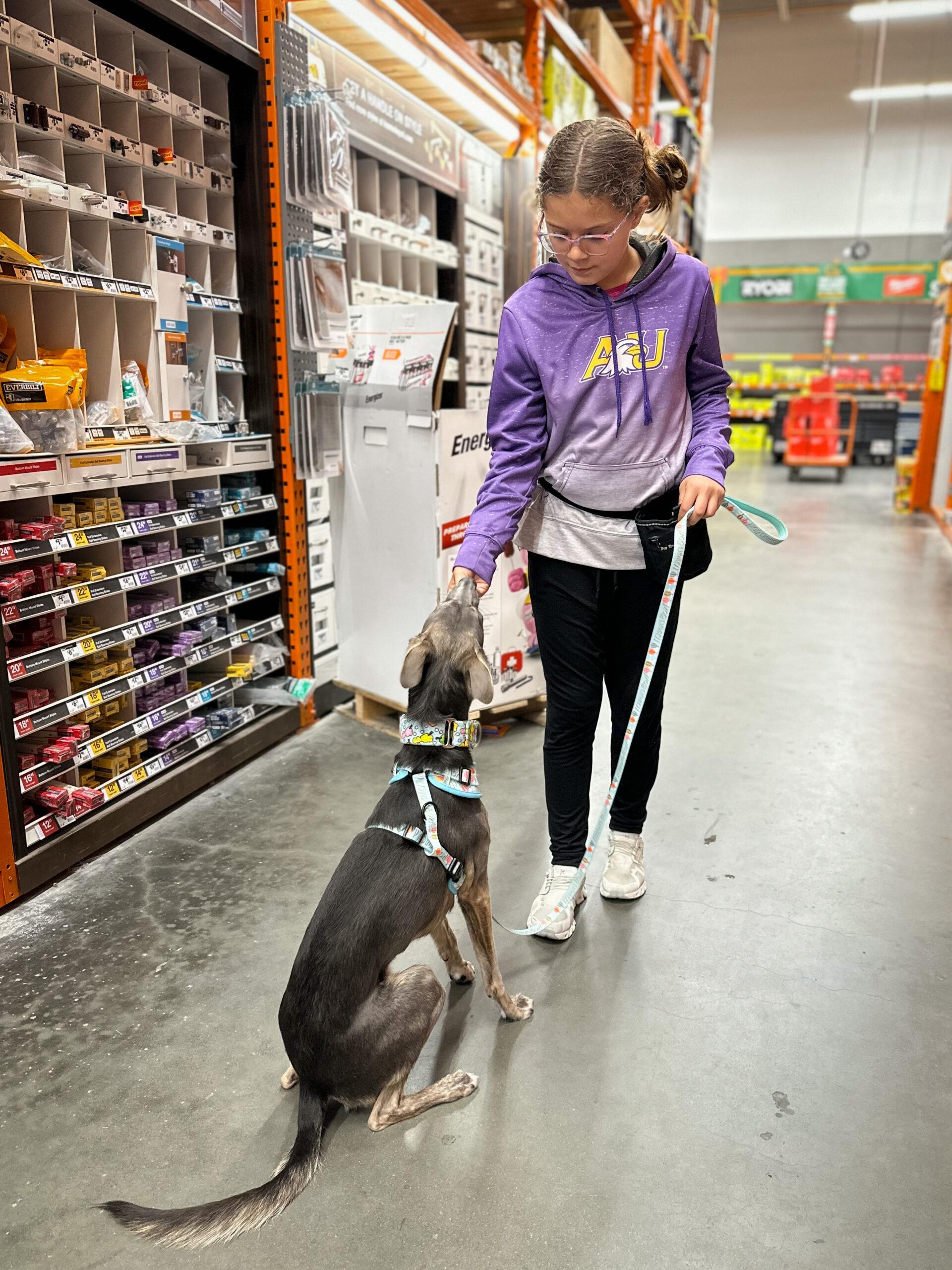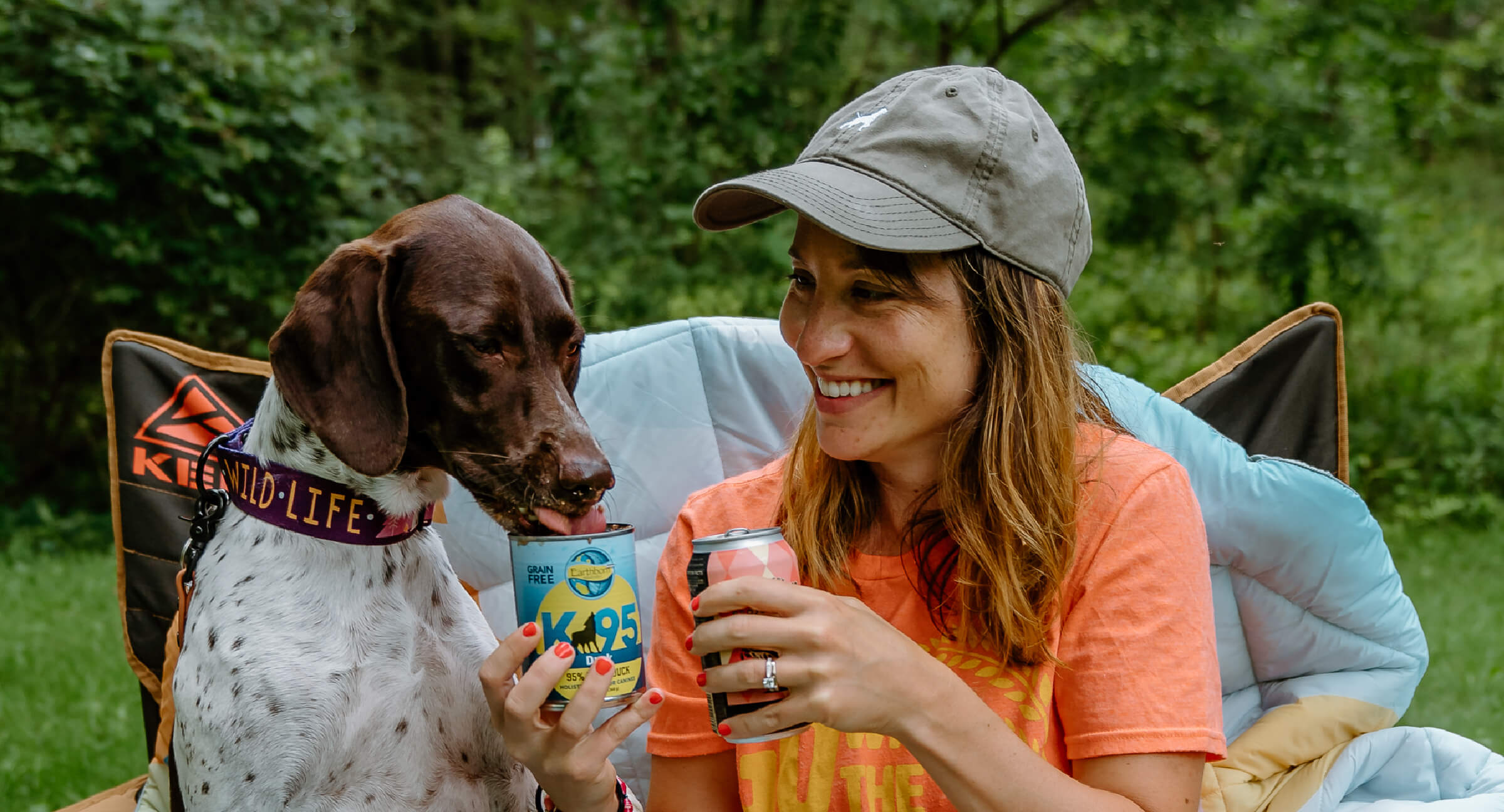Find the Best Dog Training Near Me for Effective Obedience and Behavioral Solutions
Find the Best Dog Training Near Me for Effective Obedience and Behavioral Solutions
Blog Article
Beginner's Overview to Effective Dog Training in the house
Effectively training a pet dog at home needs a nuanced understanding of canine habits and effective communication approaches. Developing clear training objectives, utilizing high-grade benefits, and maintaining uniformity across household members are crucial elements. Integrating training right into day-to-day regimens can enhance both involvement and retention.
Recognizing Pet Dog Actions
Understanding pet dog actions is vital for effective training and cultivating a harmonious relationship in between human beings and their canine buddies - Puppy Training. Dogs interact largely through body movement, articulations, and facial expressions, making it crucial for proprietors to interpret these signals accurately. Identifying actions such as tail wagging, roaring, or cring can offer understandings right into a dog's emotion and purposes
In addition, understanding the all-natural instincts of pets, such as their pack way of thinking, helps owners develop management roles within the household. This is important for creating an organized environment where canines really feel protected and are much more responsive to training. Dogs are likewise influenced by their socialization experiences; early direct exposure to different atmospheres, people, and various other pets can considerably shape their actions later in life.
Common behavioral issues, such as hostility, stress and anxiety, or extreme barking, frequently come from misunderstandings or unmet demands. Observing and addressing these concerns quickly can protect against escalation and make certain a positive training experience. By cultivating a deep understanding of dog habits, proprietors can tailor their training methods to match their canine friends, ultimately resulting in a pleased and mannerly pet dog.

Necessary Training Devices
A well-equipped training space can substantially improve the performance of pet training in your home. Crucial training tools make sure that both the trainer and the canine can participate in productive sessions that cultivate understanding and bonding.

Purchasing a sturdy chain and a comfortable, well-fitting collar or harness is crucial for safety and security and control. These devices aid establish limits and guarantee the pet dog continues to be safe during training. Additionally, a designated training area, complimentary from diversions, aids focus for both the pet and the fitness instructor.
Educating aids such as training pads, cones, or dexterity devices can additionally enhance the experience by presenting range and difficulties. Having a note pad or digital application for tracking progression can be invaluable, enabling you to keep in mind successes and areas for improvement. Utilizing these crucial tools will certainly produce a positive training atmosphere and lay the structure for efficient understanding.
Producing a Training Routine
Developing a regular training routine is necessary for efficient pet training in your home. A well-structured regular not only helps in strengthening desired habits but additionally supplies your canine with a sense of safety and security and predictability. To create an effective training routine, start by recognizing certain training objectives, such as fundamental commands, chain strolling, or house-breaking.
Pick a designated time every day for training sessions, preferably when your pet dog is alert and receptive. Sessions needs to be brief, roughly 5 to 15 minutes, to keep focus and protect against fatigue. Uniformity in timing and atmosphere will certainly improve your pet dog's discovering experience.
Include training into everyday tasks to reinforce abilities. Practice commands during strolls or nourishment, which incorporates discovering into all-natural regimens. Furthermore, stay adaptable and adjust the routine as essential, suiting your pet's power degrees and mood.
Favorable Reinforcement Methods

When executing positive reinforcement, it is vital to choose rewards that are motivating for your pet dog. High-value deals with, such as little pieces of chicken or cheese, can be specifically efficient throughout training sessions. Furthermore, differing the rewards can maintain your pet dog's passion and enthusiasm.
Start with easy commands, like "sit" or "remain," and progressively development to much more complicated jobs. Consistency is crucial; make certain that all family members use the very same commands and why not try this out reward systems to avoid complication.
Additionally, it is important to continue to be individual and prevent disappointment. Dogs, like people, find out at their very own pace. By cultivating an encouraging training setting through favorable support, you can improve your pet's discovering experience while strengthening the bond in between you and your furry companion, preparing for successful training outcomes.
Typical Training Challenges
While training a pet dog at home can be a rewarding experience, it often features a collection of usual obstacles that can examine both perseverance and consistency. One widespread problem is distraction. Pet dogs may come to be conveniently averted by noises, activities, or even scents in their atmosphere, making it challenging to maintain their emphasis throughout training sessions.
One more challenge is incongruity in commands and reinforcement. It can confuse the canine and hinder progression if household participants use various signs or benefits. Developing a unified technique is crucial for reliable communication.
Additionally, pet dogs can experience aggravation or stress and anxiety, specifically if they do not recognize what is expected of them. This can lead to unwanted actions, such as barking or eating.
Ultimately, the timing of support is important. Postponed rewards can reduce the efficiency of positive reinforcement, as pets may fall short to connect the habits with the incentive.
Overcoming these recommended you read challenges requires dedication, clear communication, and a structured training strategy - Puppy Training. Identifying and addressing these typical barriers will pave the way for an extra delightful and successful training experience in the house
Conclusion
In conclusion, effective pet training in your home necessitates a comprehensive understanding of canine habits and effective communication approaches. By establishing clear training objectives and utilizing top notch deals with together with favorable support, the training procedure comes to be a lot more fulfilling for both the instructor and the pet. Perseverance, uniformity, and versatility are vital parts that assist in knowing. Ultimately, integrating training right into everyday regimens enhances the bond between pet and proprietor, making the experience both effective and satisfying.
Developing a constant training routine is essential for effective pet training at home.Positive reinforcement methods are essential to reliable canine training, promoting desired behaviors with incentives rather than penalty. By fostering a supportive training setting through positive support, you can enhance your canine's learning experience while strengthening the bond between you and your furry friend, laying the foundation for effective training outcomes.
In verdict, effective pet training at home requires an extensive understanding of canine actions and efficient communication this post approaches. By establishing clear training goals and utilizing top quality deals with alongside positive support, the training procedure becomes much more fulfilling for both the trainer and the pet dog.
Report this page